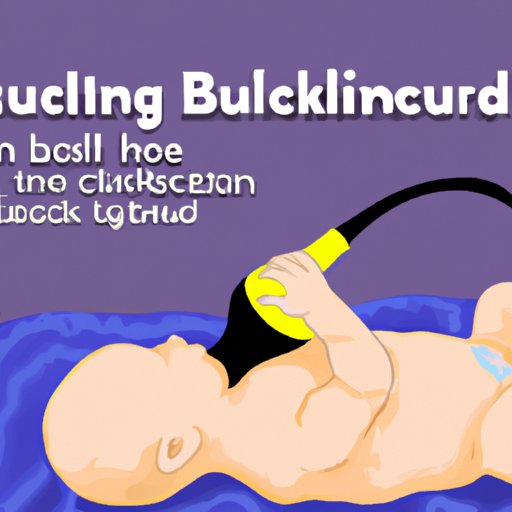Introduction
When pregnant women are close to delivering their baby, they may hear the term “mucus plug” used to describe a change in their bodies. But, many don’t understand what this means or how it will impact their labor. In this article, we will explore what exactly the mucus plug is, what it means when you lose yours, and how it can affect your cervical dilation as you prepare for labor.
What Does it Mean When You Lose Your Mucus Plug?
Your mucus plug is a collection of thickened cervical mucus that blocks the cervical canal. This plug helps protect your uterus from bacteria and other foreign substances. As you get closer to labor, your cervix begins to dilate and thin out, which loosens the mucus plug and causes it to be discharged. The loss of the mucus plug is referred to as “show” because it is often accompanied by a small amount of blood.
The loss of the mucus plug is a sign that your body is preparing for labor. It typically occurs 1-2 weeks before labor begins, but it can happen earlier or later. While the loss of the mucus plug doesn’t necessarily mean that labor is imminent, it does indicate that the cervix has begun to soften and dilate in preparation for delivery.
Physical Changes Your Body May Experience
When you lose your mucus plug, it’s important to pay attention to other physical changes that may be occurring in your body. These could include an increase in vaginal discharge, an increase in Braxton Hicks contractions, and a feeling of pressure in the pelvic area.
It’s important to note that not all women experience the same changes. Some women may not even notice when they lose their mucus plug, while others may experience significant changes in their bodies.
If you think you have lost your mucus plug, it’s important to contact your healthcare provider to discuss any questions or concerns you may have. They can help you determine if labor is near or if you should take any additional steps to prepare for delivery.
Other Signs of Labor
In addition to the loss of the mucus plug, there are several other signs that labor is approaching. These include Braxton Hicks contractions, prodromal labor, and lightening.
Braxton Hicks contractions are irregular contractions that occur throughout pregnancy. They usually feel like tightness or pressure in the abdomen and can be uncomfortable, but they are usually not painful.
Prodromal labor is also known as false labor. It is characterized by mild, irregular contractions that don’t lead to cervical dilation.
Lightening is the sensation of the baby dropping lower into the pelvis. This typically occurs a few weeks before labor begins and can cause an increase in pressure in the pelvic area.
Conclusion
The loss of the mucus plug is a sign that your body is preparing for labor. It typically happens 1-2 weeks before labor begins, but it can happen earlier or later. Paying attention to other physical changes that may be occurring in your body can help you determine if labor is near. Other signs of labor include Braxton Hicks contractions, prodromal labor, and lightening. If you have any questions or concerns, it’s important to discuss them with your healthcare provider.
No matter where you are in your pregnancy journey, understanding the signs of labor can help you make informed decisions about your care. It’s important to stay in close communication with your healthcare provider and to be aware of any changes in your body.
(Note: Is this article not meeting your expectations? Do you have knowledge or insights to share? Unlock new opportunities and expand your reach by joining our authors team. Click Registration to join us and share your expertise with our readers.)
